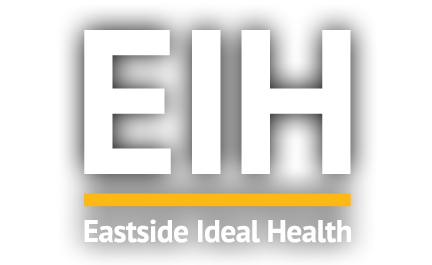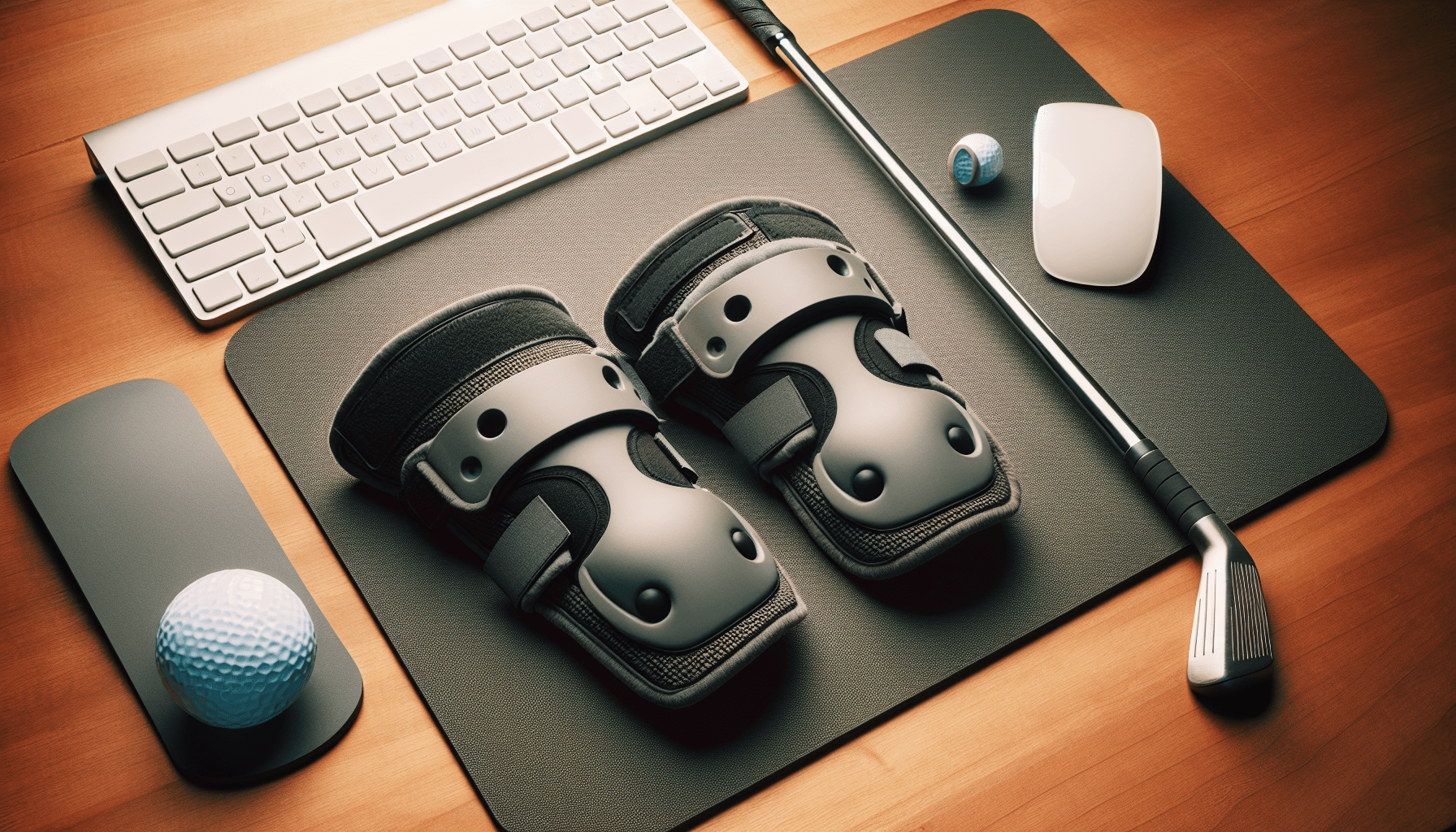Golfer’s elbow, also known as medial epicondylitis, is a common condition that causes pain and inflammation in the tendons that connect the forearm muscles to the inside of the elbow. Despite its name, golfer’s elbow can affect anyone, not just golfers. It is typically caused by repeated gripping and flexing of the wrist, which can strain the tendons over time.
Understanding Golfer’s Elbow
Golfer’s elbow is similar to tennis elbow, which affects the tendons on the outside of the elbow. However, golfer’s elbow affects the tendons on the inside of the elbow. The condition is often caused by activities that involve repetitive hand and wrist movements, such as golfing, throwing, or lifting weights. It can also occur from non-sport-related activities, such as using a screwdriver or typing for long periods.
Symptoms of golfer’s elbow include:
- Pain or tenderness on the inside of the elbow
- Weakness in the hands and wrists
- Pain when gripping or lifting objects
- Stiffness in the elbow
If you are experiencing these symptoms, it’s important to seek medical advice to confirm the diagnosis and develop a treatment plan. Your healthcare provider may recommend rest, physical therapy, or other interventions such as medications or injections.
Using Ergonomics to Prevent Golfer’s Elbow
While treatment options are available, prevention is always better than cure. By incorporating ergonomic principles into your daily activities, you can reduce your risk of developing golfer’s elbow. Ergonomics is the science of designing and arranging workplaces, products, and systems to fit the people who use them, maximizing efficiency and reducing the risk of injury.
Here are some tips to help you use ergonomics to prevent golfer’s elbow:
- 1. Maintain Proper Posture:
- 2. Use Proper Technique:
- 3. Take Frequent Breaks:
- 4. Use Ergonomic Equipment:
- 5. Strengthen Your Muscles:
- 6. Warm Up and Stretch:
- 7. Listen to Your Body:
Sit or stand with your back straight, shoulders relaxed, and elbows at a 90-degree angle. Avoid hunching or slouching, as this can put unnecessary strain on your muscles and tendons.
Whether you are playing golf, lifting weights, or performing any other activity that involves repetitive hand and wrist movements, make sure you are using proper technique. This includes using the right grip and avoiding excessive force or overuse.
If you engage in activities that put strain on your elbows and wrists, take regular breaks to rest and stretch. This can help prevent overuse and allow your muscles and tendons to recover.
When possible, use ergonomic equipment that promotes proper alignment and reduces strain on your joints. For example, using a wrist brace or an ergonomic keyboard and mouse can help reduce the risk of developing golfer’s elbow.
Engaging in regular strength training exercises can help strengthen the muscles in your forearm, reducing the risk of injury. Consider incorporating exercises that target your wrist flexor and extensor muscles into your fitness routine.
Prior to engaging in any physical activity, warm up your muscles and perform stretching exercises. This helps prepare your muscles and tendons for the activity and reduces the risk of strain or injury.
If you start to experience any pain, discomfort, or fatigue in your elbows or wrists, listen to your body and take a break. Pushing through the pain can worsen the condition and lead to more serious injuries.
By implementing these ergonomic strategies into your daily routine, you can minimize the risk of developing golfer’s elbow and maintain optimal joint health. However, if you are already experiencing symptoms of golfer’s elbow, it’s essential to seek professional medical advice for a proper diagnosis and tailored treatment plan.
For more information on golfer’s elbow treatment and prevention, consult with your healthcare provider or visit Eastside Ideal Health.

